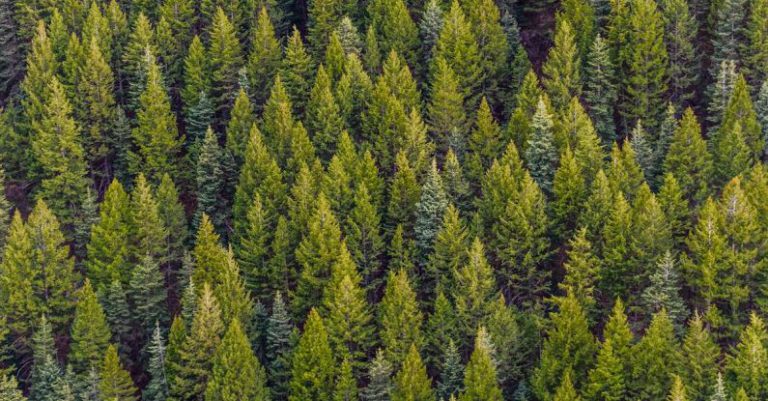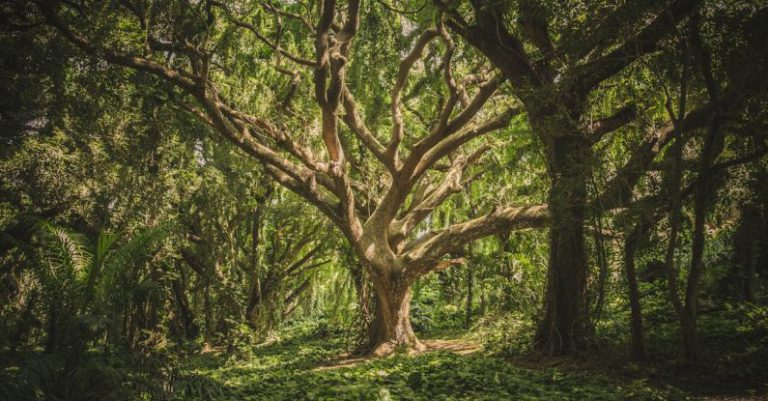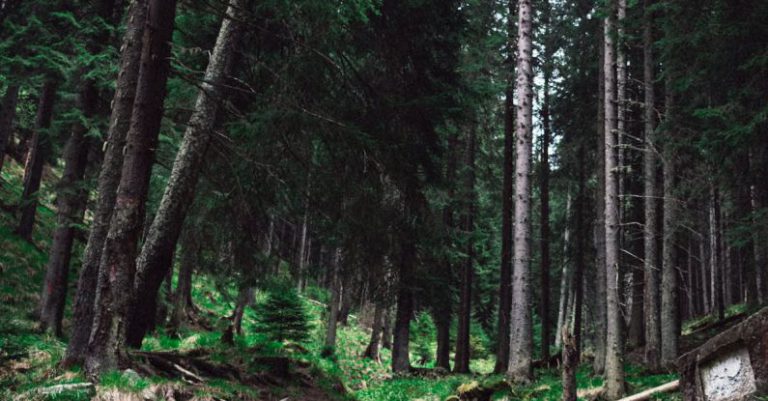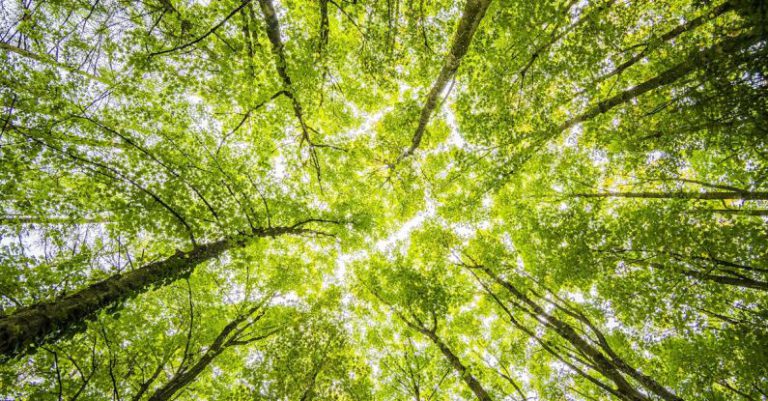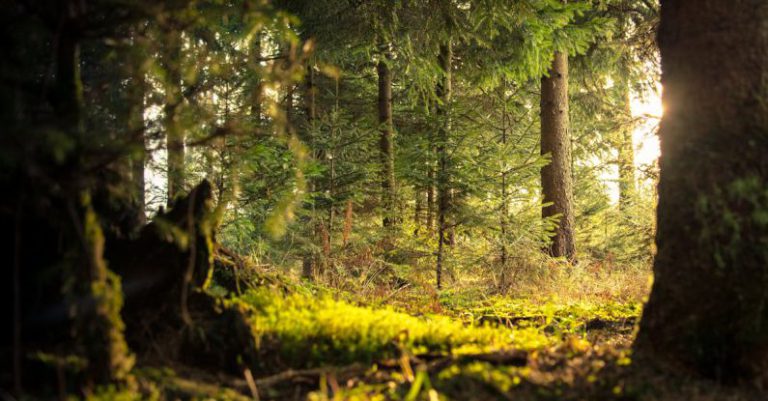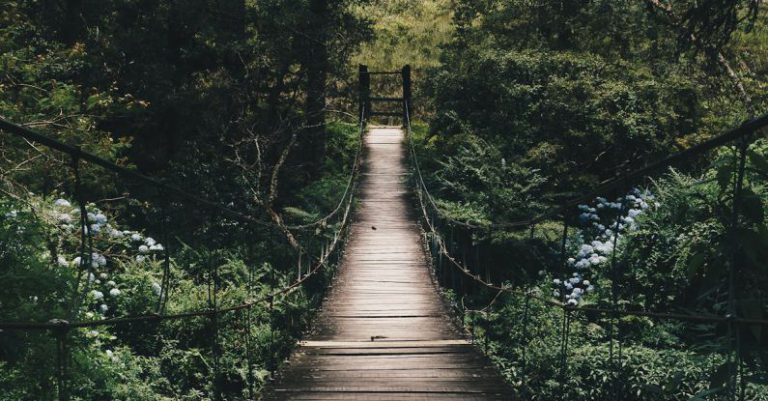
Stepping into the serene beauty of a forest is a rejuvenating experience that allows us to connect with nature in its purest form. However, with this privilege comes the responsibility to ensure that we leave no trace behind. Practicing Leave No Trace principles is essential to preserve the delicate ecosystems of forests and protect them for future generations to enjoy. By being mindful of our actions and following simple guidelines, we can minimize our impact on these natural spaces and contribute to their conservation.
Respect the Wilderness
When venturing into a forest, it is crucial to remember that you are a visitor in the home of countless plant and animal species. Respect the wilderness by staying on designated trails to avoid disturbing delicate vegetation and wildlife habitats. Straying off the path can trample vegetation, erode soil, and disrupt the natural balance of the ecosystem. By sticking to established trails, you can minimize your impact and preserve the integrity of the forest environment.
Leave What You Find
One of the fundamental principles of Leave No Trace is to leave what you find in the forest untouched. Avoid picking flowers, collecting rocks, or disturbing natural features such as fallen branches or animal habitats. These elements are essential components of the ecosystem and play a vital role in supporting the diversity of plant and animal life in the forest. By leaving these natural treasures undisturbed, you can help maintain the ecological balance of the environment and protect its fragile beauty.
Pack It In, Pack It Out
When exploring the forest, it is essential to pack out all your trash and belongings to prevent littering and pollution. Bring a small trash bag with you to collect any waste generated during your visit, including food wrappers, water bottles, and other disposable items. Remember that even biodegradable materials like fruit peels or paper products can take a long time to decompose in the forest environment. By packing out all your trash, you can keep the forest clean and free of human-made debris.
Practice Proper Waste Disposal
In addition to packing out your trash, it is important to dispose of waste properly to prevent contamination of the forest ecosystem. If the forest has designated trash receptacles, use them to dispose of your garbage. If no bins are available, carry your waste out with you and dispose of it in appropriate facilities outside the forest. Avoid burying or burning trash in the forest, as this can have negative impacts on soil quality, water sources, and wildlife health. By practicing proper waste disposal, you can help maintain the pristine condition of the forest for all to enjoy.
Minimize Campfire Impacts
If you plan to camp in the forest, be mindful of the impact of campfires on the environment. Follow local regulations regarding campfires and use established fire rings or designated fire pits when available. Keep your fire small and manageable, using only dead and downed wood for fuel. Never cut live trees or branches for firewood, as this can harm the forest ecosystem. Ensure your fire is completely extinguished before leaving your campsite to prevent the risk of wildfires. By minimizing campfire impacts, you can enjoy the warmth and camaraderie of a campfire while protecting the forest from potential damage.
Respect Wildlife
Encountering wildlife in the forest is a magical experience that should be cherished from a distance. Respect wildlife by observing them from afar and avoiding any actions that could disturb or harm them. Do not feed wild animals, as this can disrupt their natural behaviors and create dependence on human food sources. Keep a safe distance and use binoculars or a camera to appreciate wildlife without intruding on their habitat. By respecting wildlife and their natural behaviors, you can foster a harmonious coexistence between humans and the inhabitants of the forest.
Conclusion: Leave No Trace, Leave a Lasting Legacy
Practicing Leave No Trace in forests is not just a matter of etiquette—it is a commitment to preserving the beauty and integrity of these natural spaces for generations to come. By following simple guidelines and being mindful of our impact on the environment, we can minimize our footprint in the forest and leave behind a legacy of conservation and respect. Remember that every action we take in the forest has the potential to shape its future, so let us strive to leave no trace and preserve these precious ecosystems for all to enjoy.
